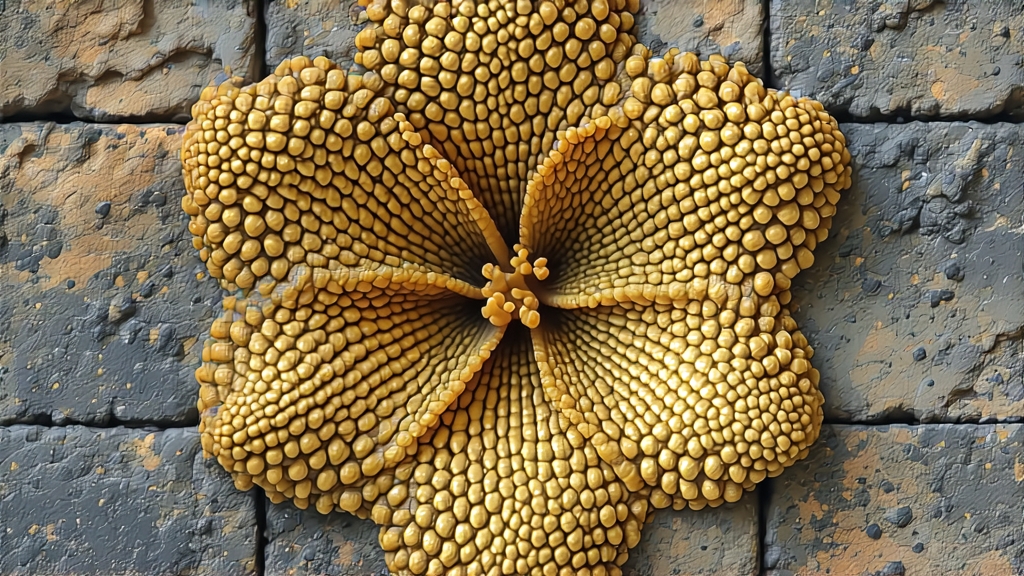
If green tea is the fresh-faced youth of Chinese tea culture, then Fu brick tea (Fú zhuān chá) is the wise elder whose stories are told in every amber sip. Compressed into solid, chocolate-brown blocks that once served as currency on the Silk Road, Fu brick belongs to the dark tea (hēi chá) family—China’s most microbially complex and historically adventurous tea. This essay invites international drinkers to meet Fu brick, to understand why its value rises with decades of quiet aging, and to learn how to coax its mellow, honeyed character from a seemingly impenetrable brick.
-
Historical footprints across the desert
Fu brick was born of necessity. During the early Ming dynasty (14th c.), the imperial court ordered that all border tea be compressed to save space on the long caravan trail to Central Asia. Tea arriving in Xi’an was steamed, piled, and re-pressed into bricks weighing exactly 2.25 kg—easy for camels to carry and for traders to divide like bullion. Somewhere near Jingyang county, Shaanxi, caravanserais noticed that the humid summer heat triggered a golden bloom on the brick’s interior. Far from ruining the tea, the bloom—later identified as Eurotium cristatum—imparted a mellow sweetness that quelled the mutton-fat diet of nomads. By the Qing era, “Fu” (meaning “blessing”) bricks had become legal tender; a single brick could buy two sheep or one bolt of Persian silk. Today, the same bricks are auctioned in Guangzhou for the price of a vintage Bordeaux. -
Terroir and grades
Authentic Fu brick is still produced in only three micro-regions:
a) Jingyang, Shaanxi—ancestral home, where wheat-straw ash is mixed into the fermenting pile to buffer pH.
b) Anhua, Hunan—mountain fog nurtures larger leaves and a darker liquor.
c) Zhaotong, Yunnan—high altitude yields smaller, more aromatic bricks with camphor notes.
Within each region, leaves are graded by the percentage of golden flowers visible on a broken cross-section. “Special Grade” must show ≥80 % golden coverage; “First Grade” 50–80 %; “Second Grade” 20–50 %. Anything below 20 % is sold as “dark brick” rather than Fu brick, and commands half the price.
-
Crafting a living brick
Fu brick production is a month-long dialogue between artisan and microbe.
Step 1: Picking—four-leaf plucks in late May, when stalks have begun to lignify; the extra xylem feeds the fungi later.
Step 2: Pan-fixation—leaves are tossed in a 280 °C wok for 90 seconds to destroy leaf-surface yeasts while preserving endospores of Eurotium.
Step 3: Rolling & Piling—leaves are rolled for 40 minutes, then piled 70 cm deep under wet canvas for 12 hours. Temperature is kept at 55 °C, the thermal sweet spot for lactic acid bacteria.
Step 4: Stacking into “brick rooms”—the semi-fermented tea is packed in pine boxes, 500 kg per stack, and wheeled into an underground room whose walls are lined with century-old brick crusts—an inoculation bank.
Step 5: Golden flowering—over 15 days, humidity is raised to 78 % and temperature lowered to 28 °C. Eurotium cristatum erupts into visible yellow dots called “golden flowers” (jīn huā). The process is monitored by acoustic sensors: when the bricks start to “sing” (a faint crackling at 2 kHz), flowering is complete.
Step 6: Compression & drying—tea is steamed for 30 seconds, pressed under 50-ton hydraulic plates for six minutes, then dried for seven days at 35 °C until moisture falls to 9 %. The finished brick is wrapped in cotton paper printed with the date, batch number, and the artisan’s seal—an invitation to a decades-long conversation. -
The chemistry of blessing
Eurotium cristatum secretes enzymes that convert flavonoids into aglycones, cutting astringency by 60 % and releasing the orchid-like lactone cis-3-hexenyl benzoate. Meanwhile, cell-wall polysaccharides are trimmed into short-chain prebiotics that nourish